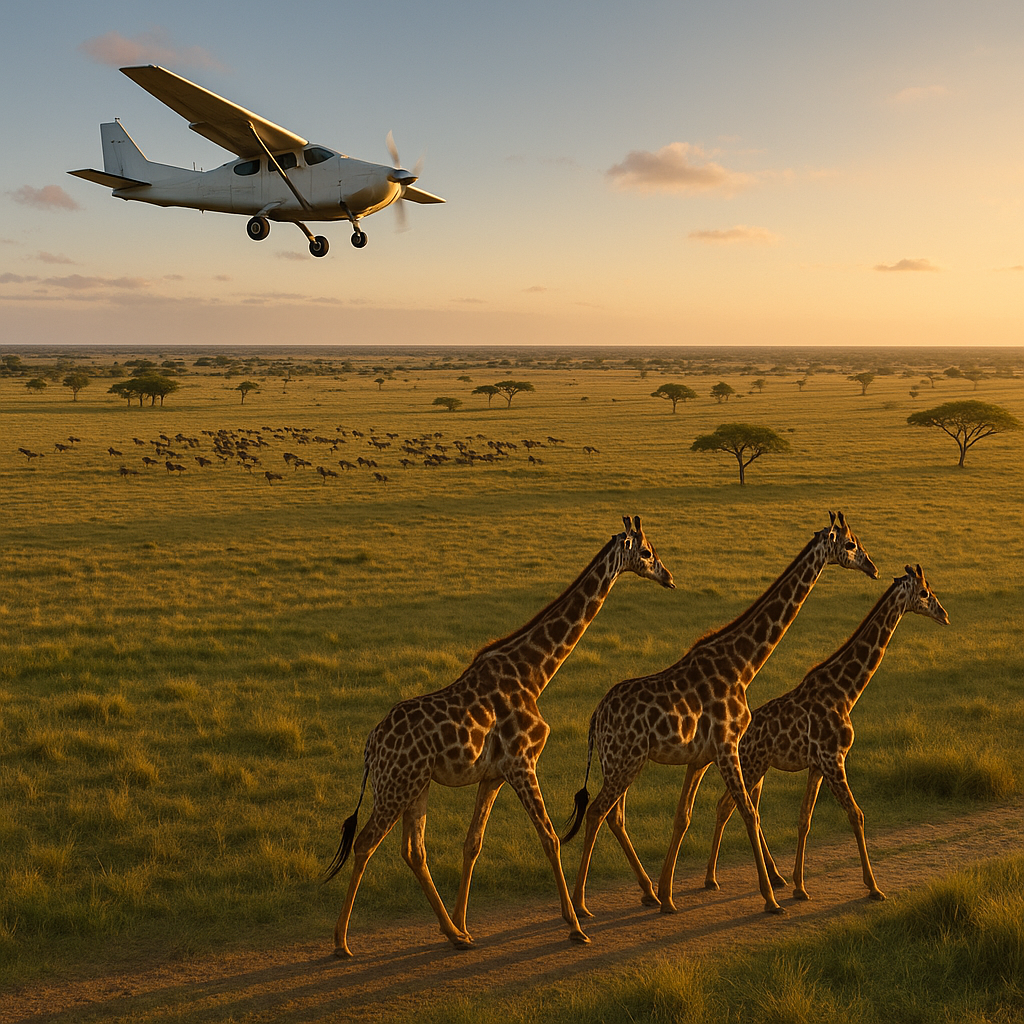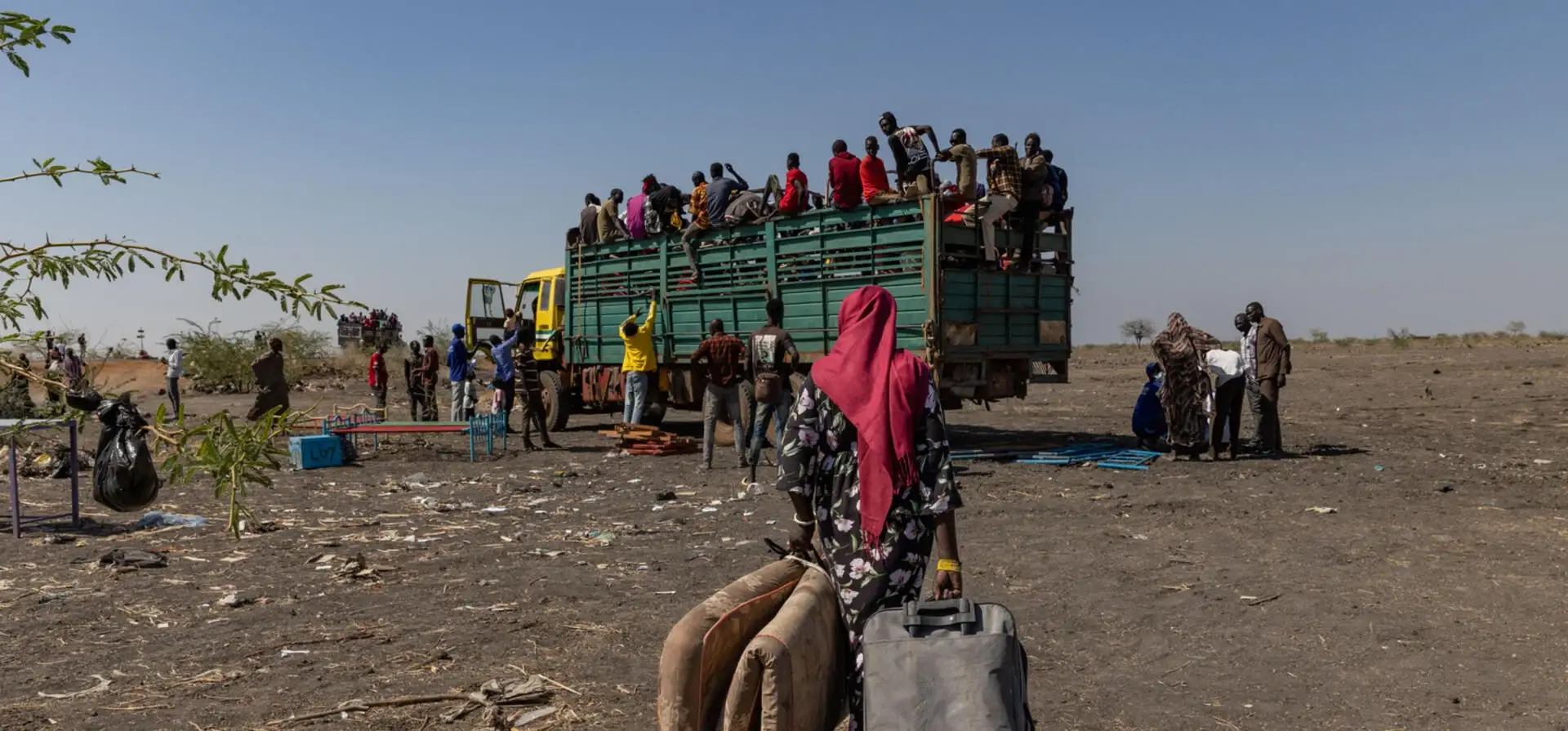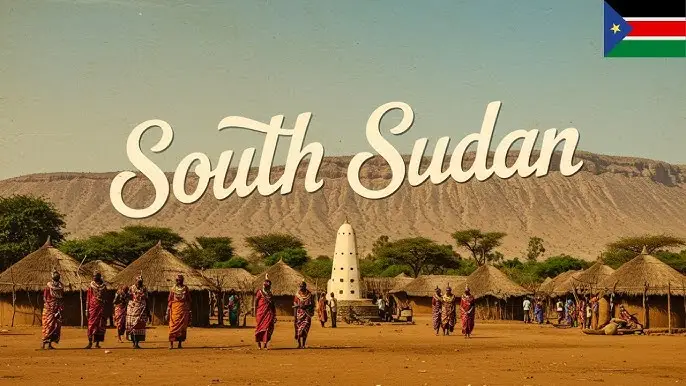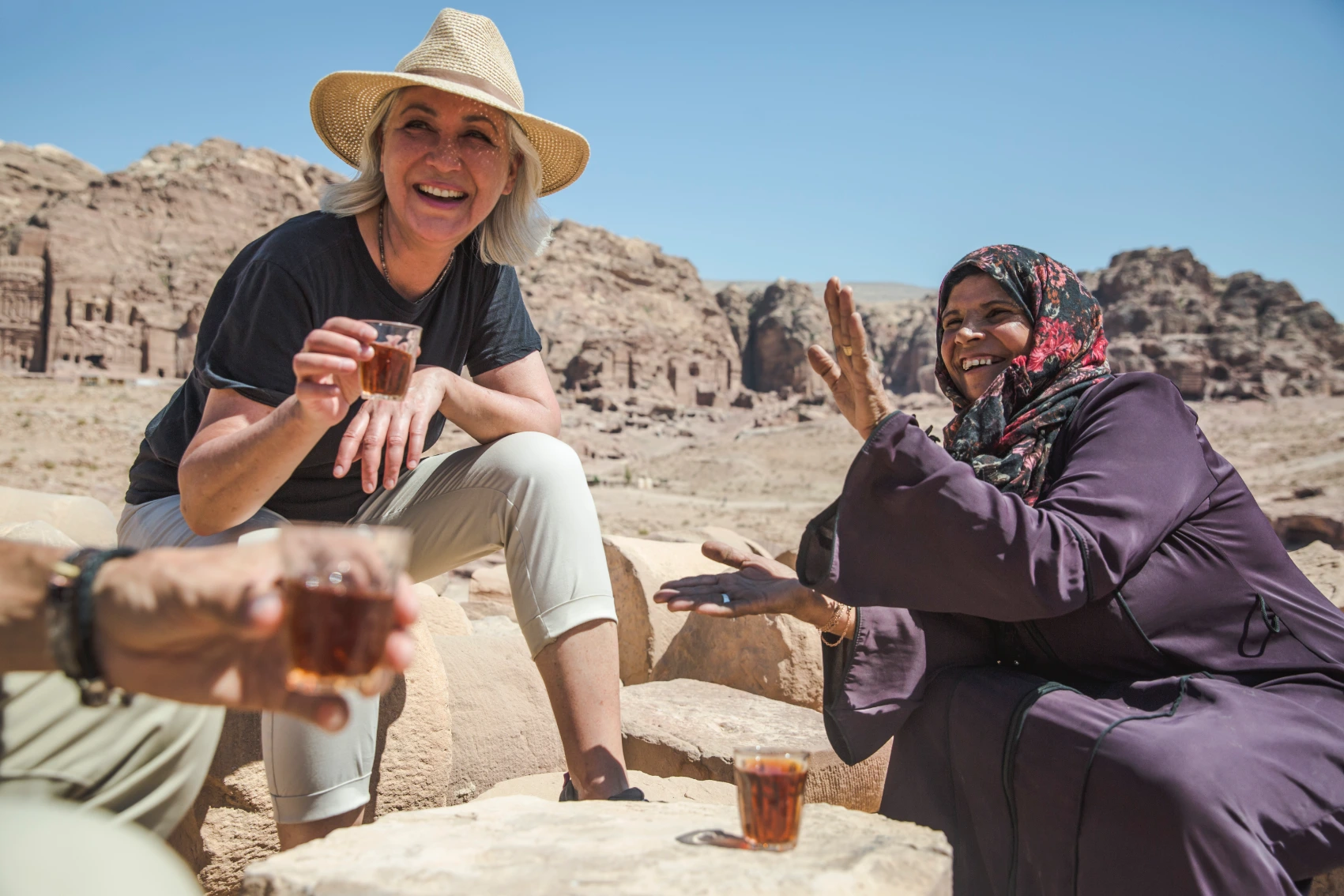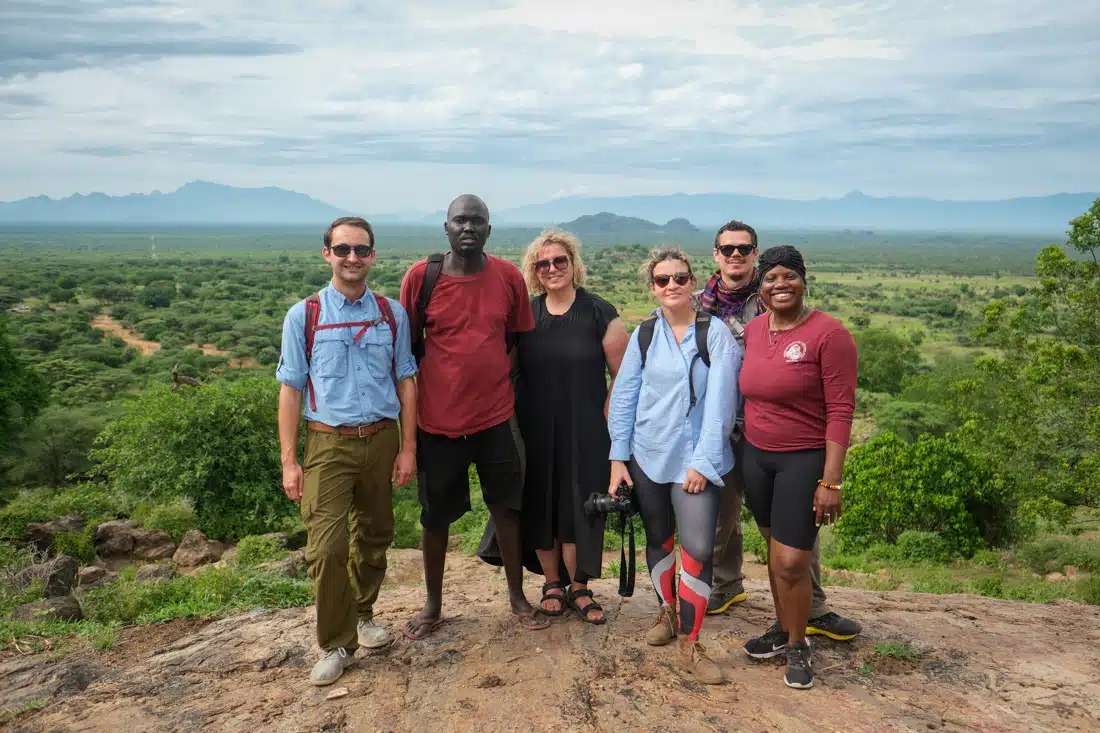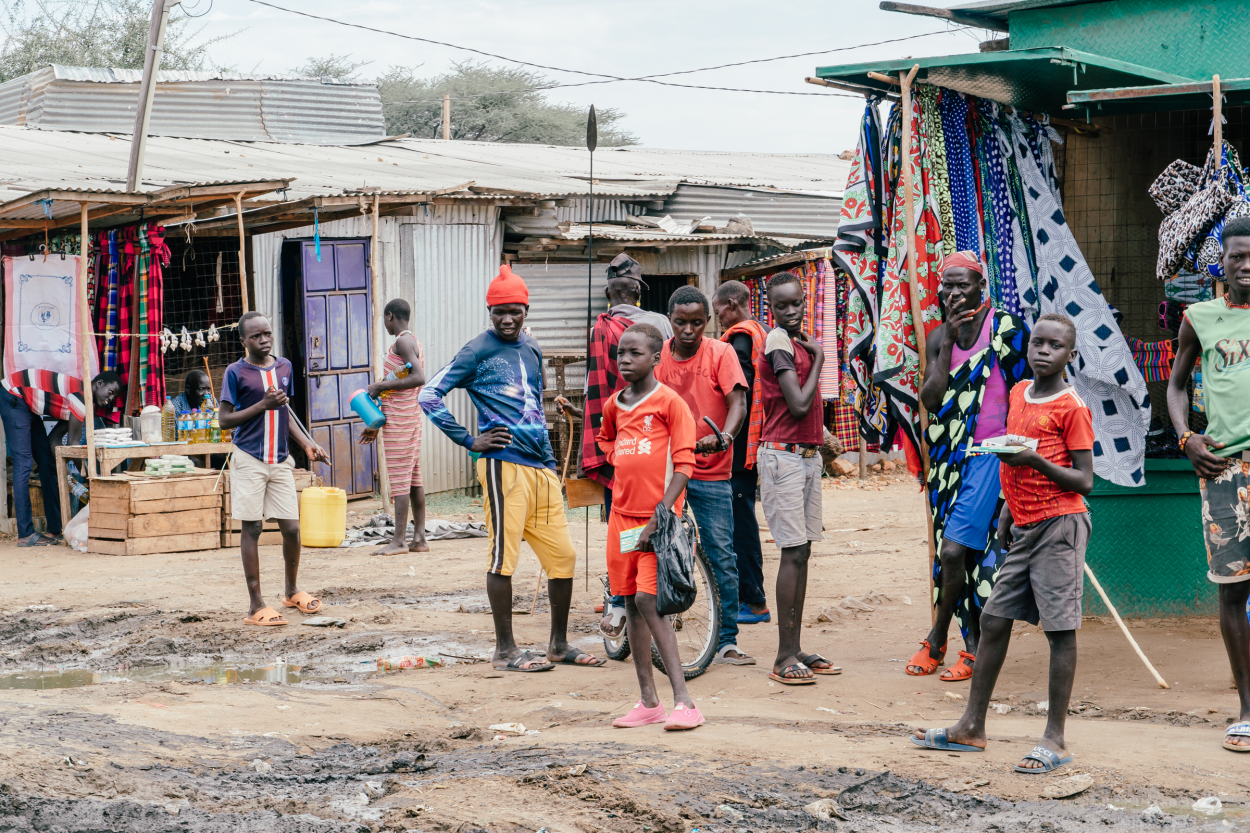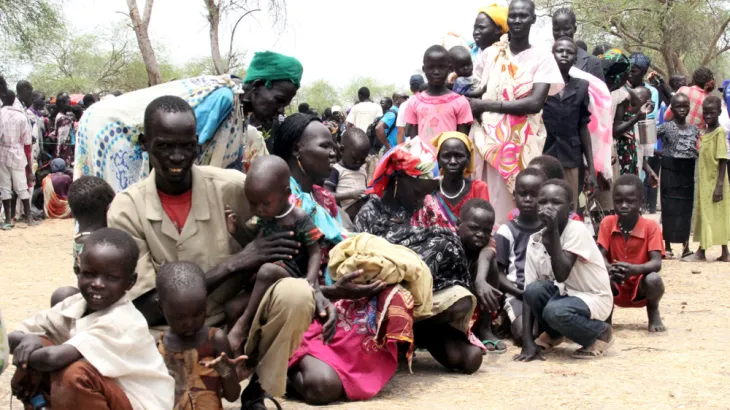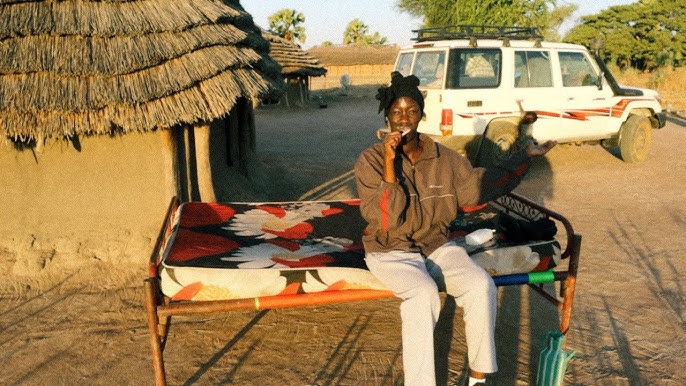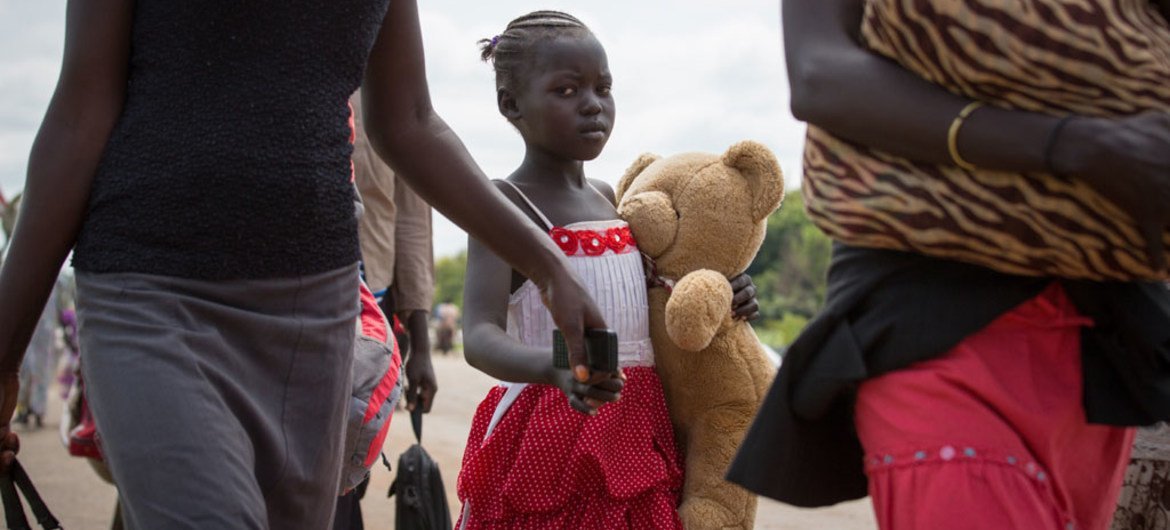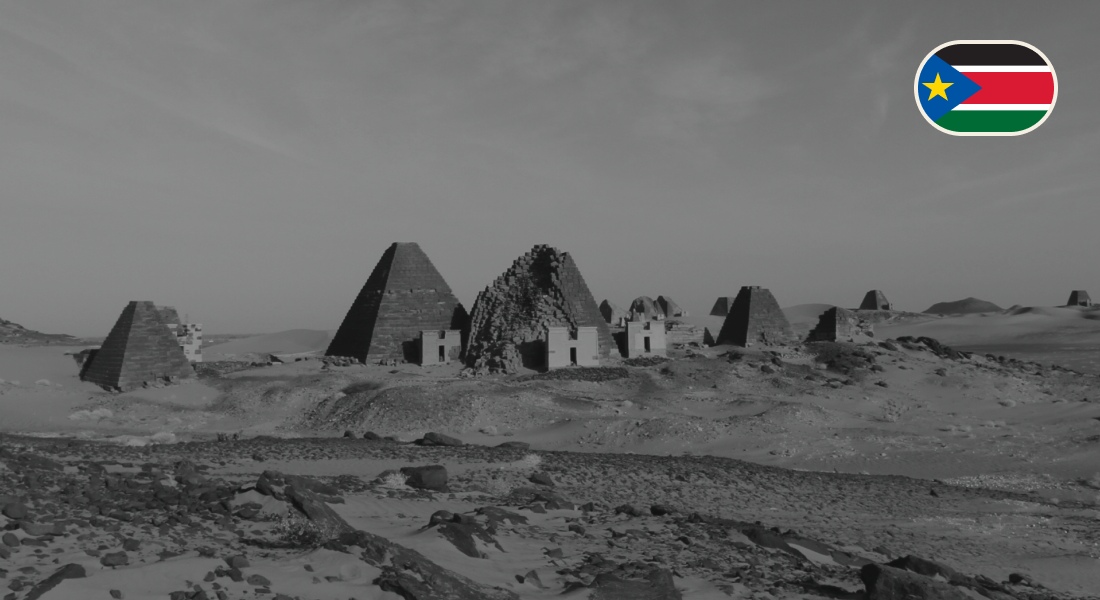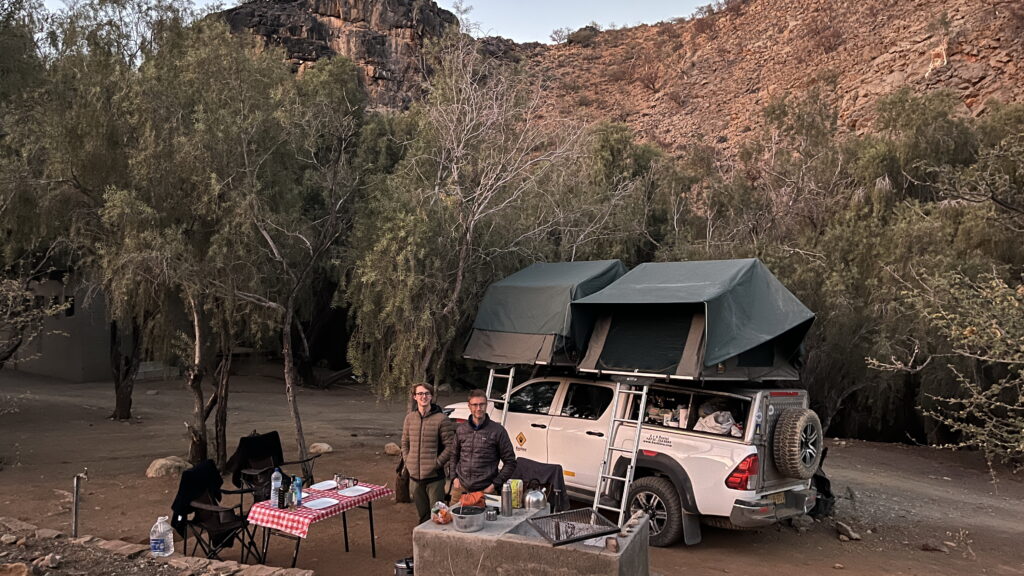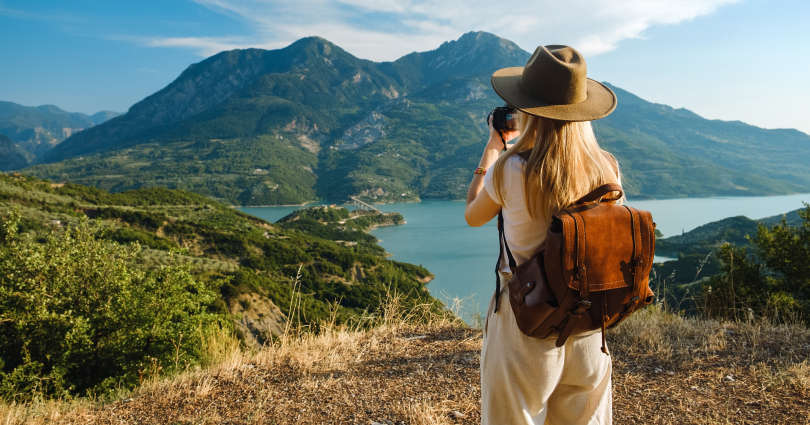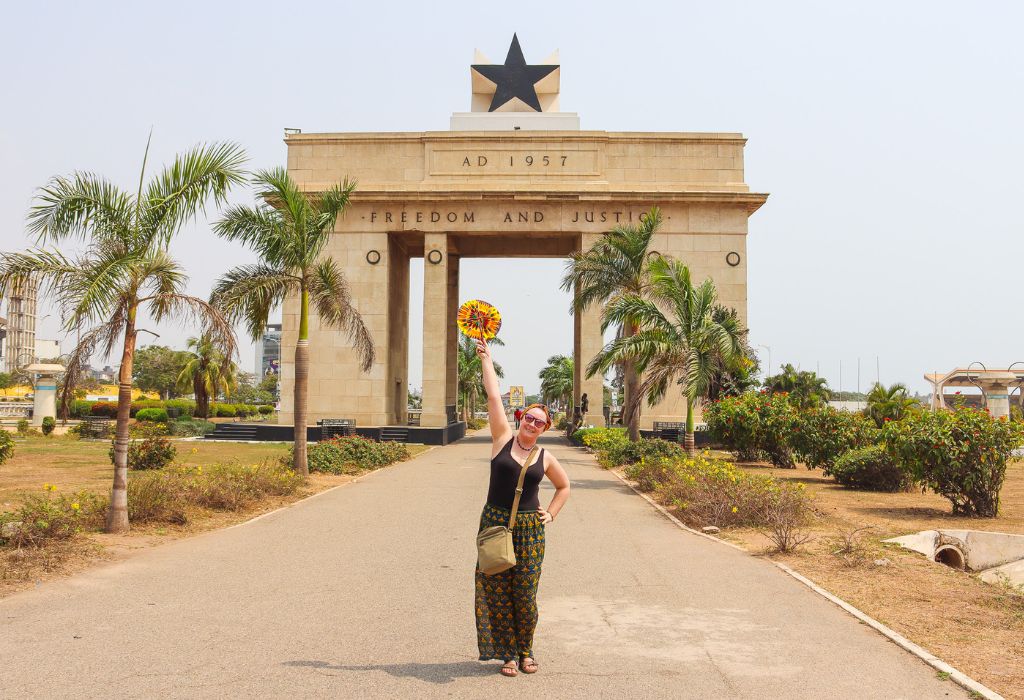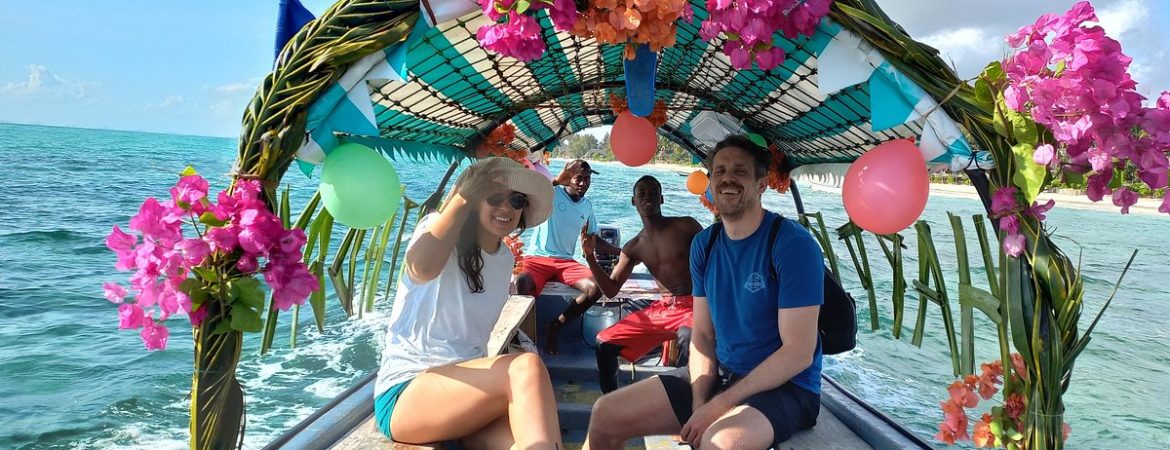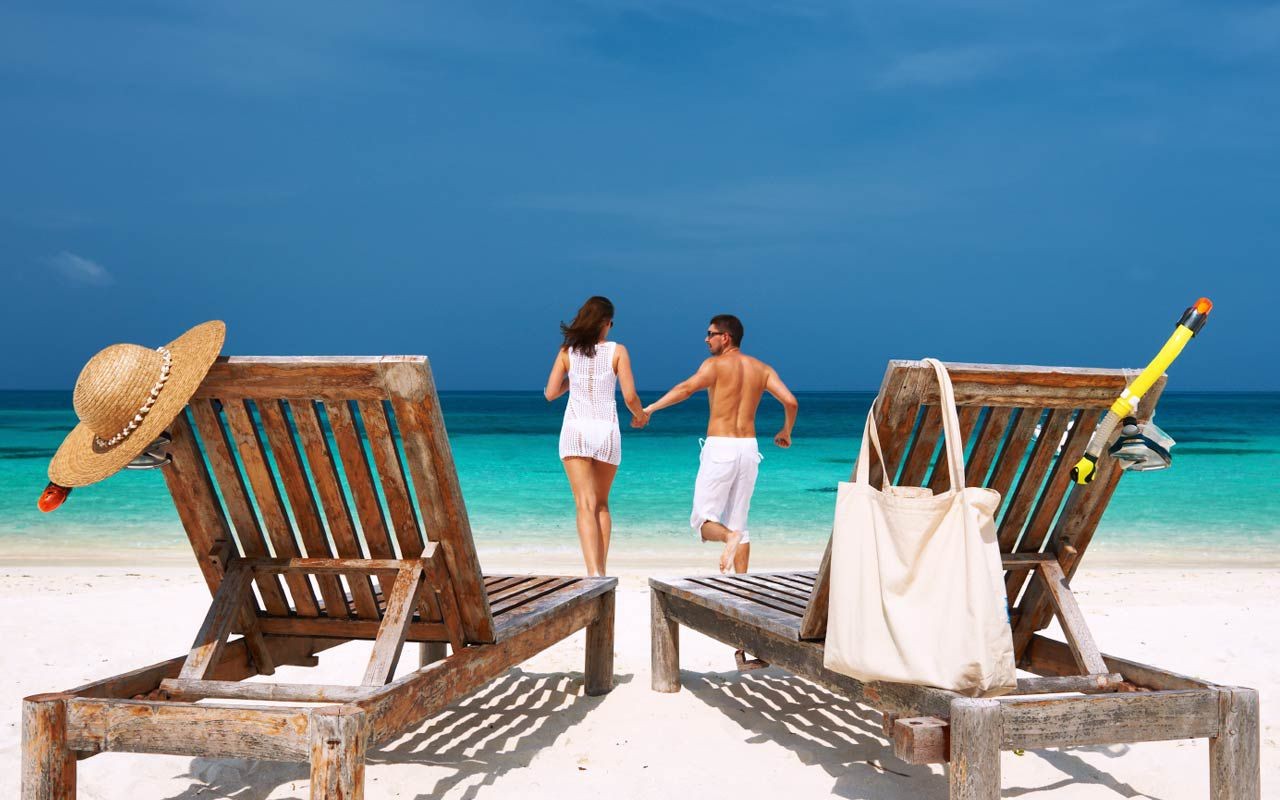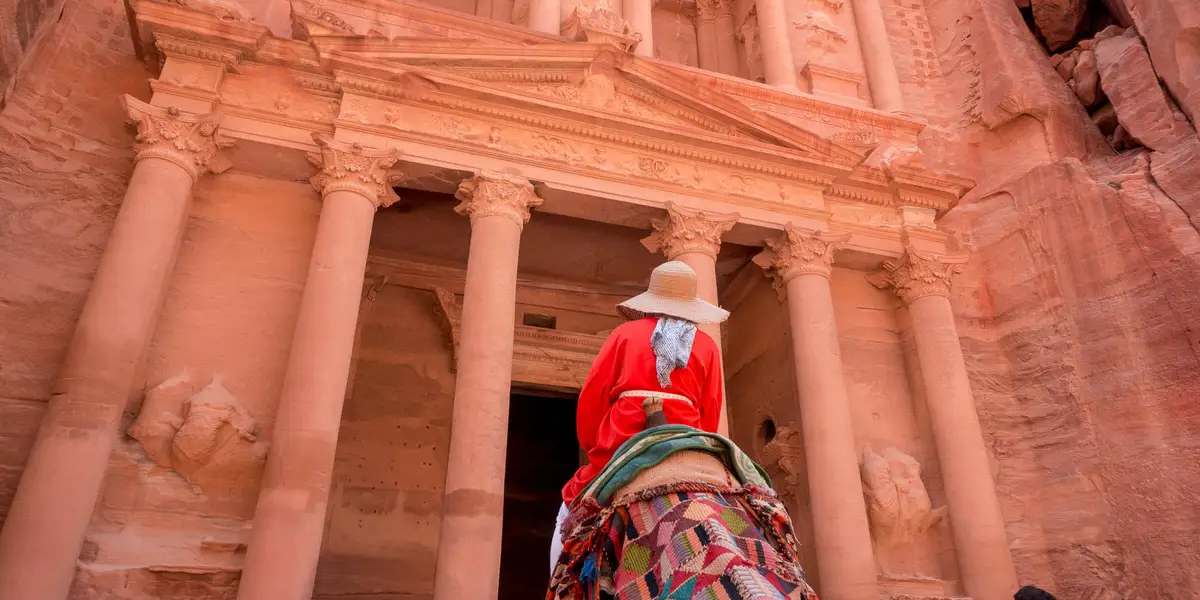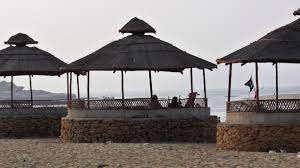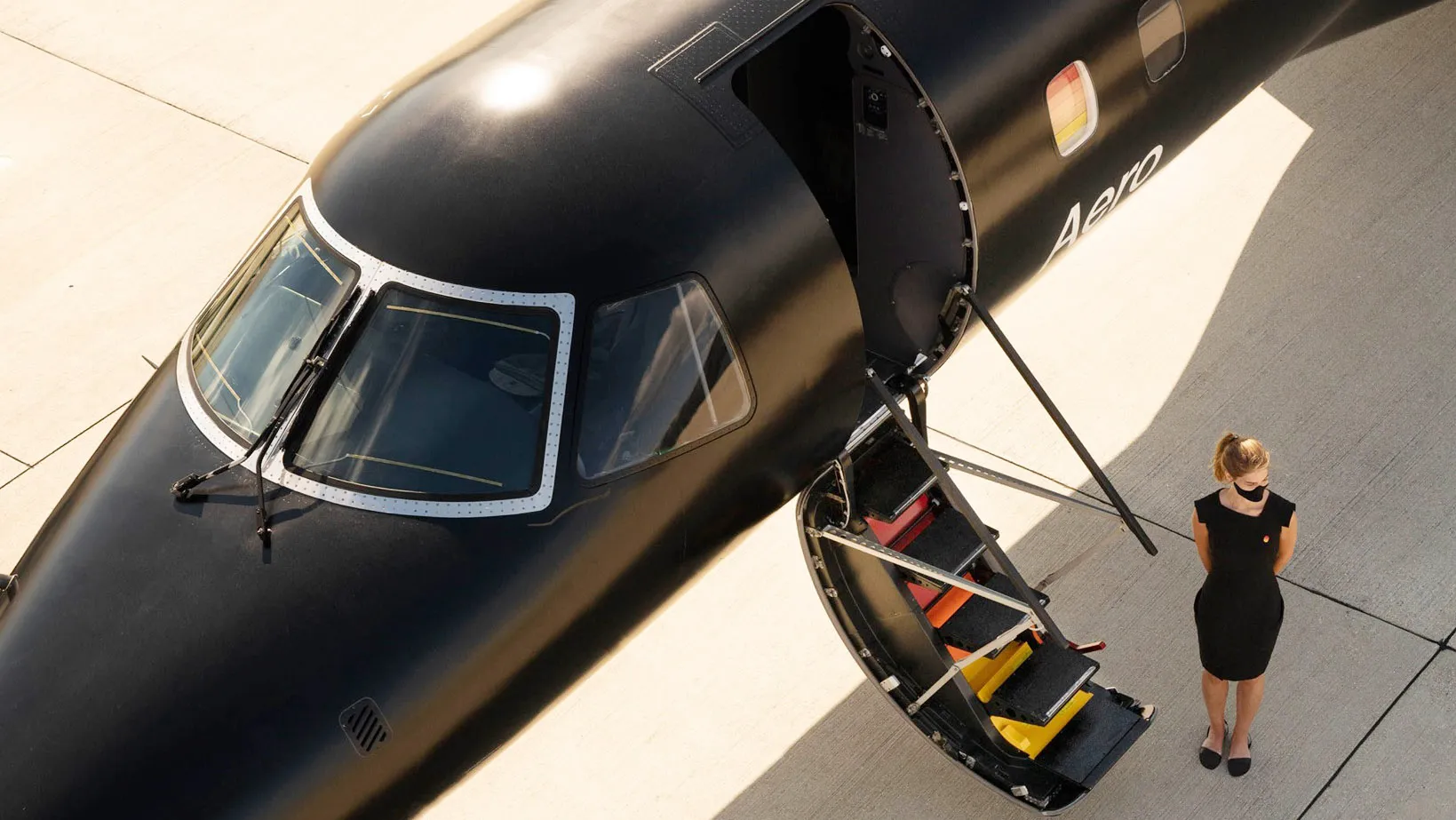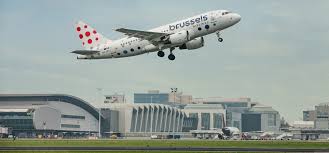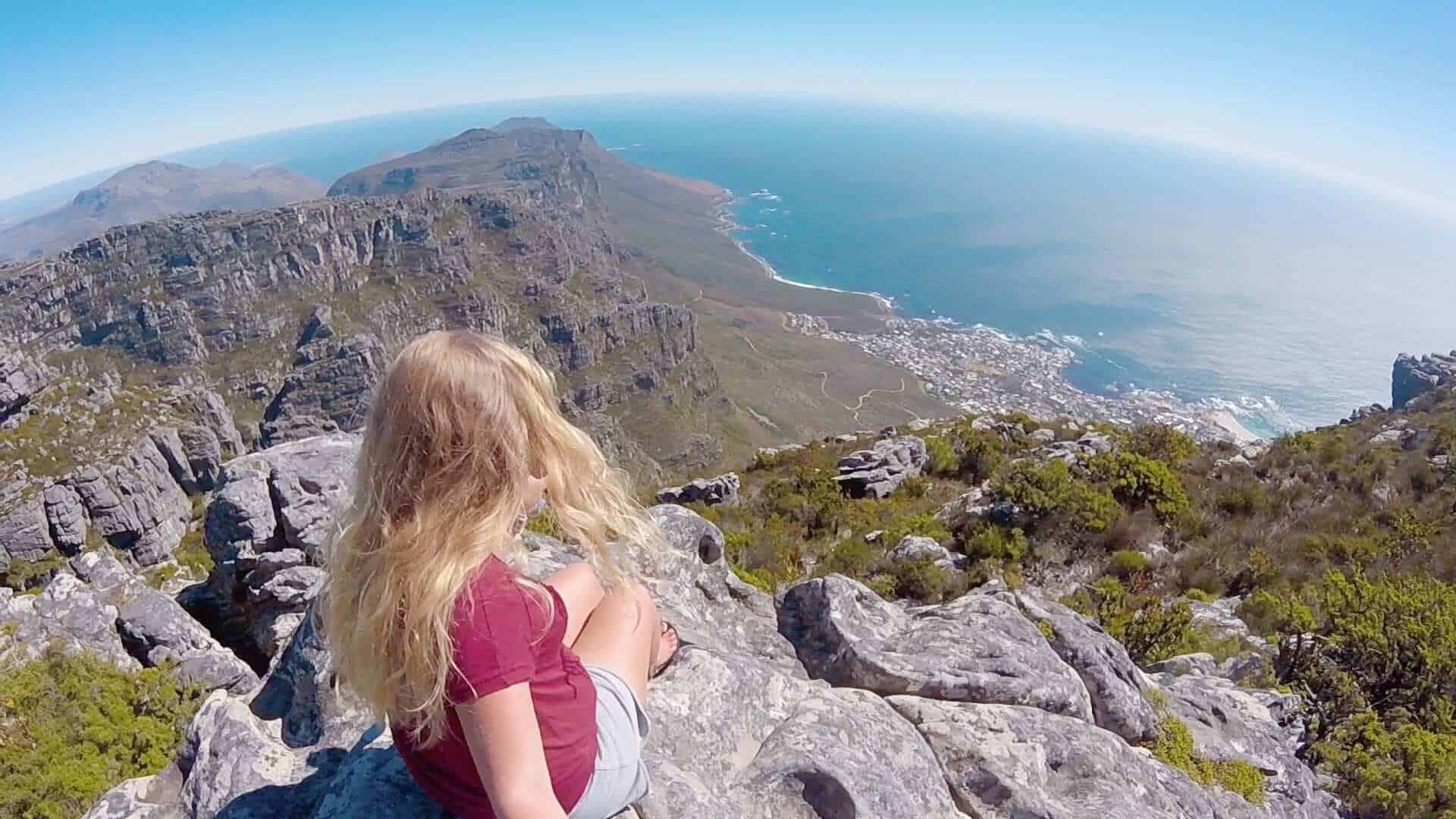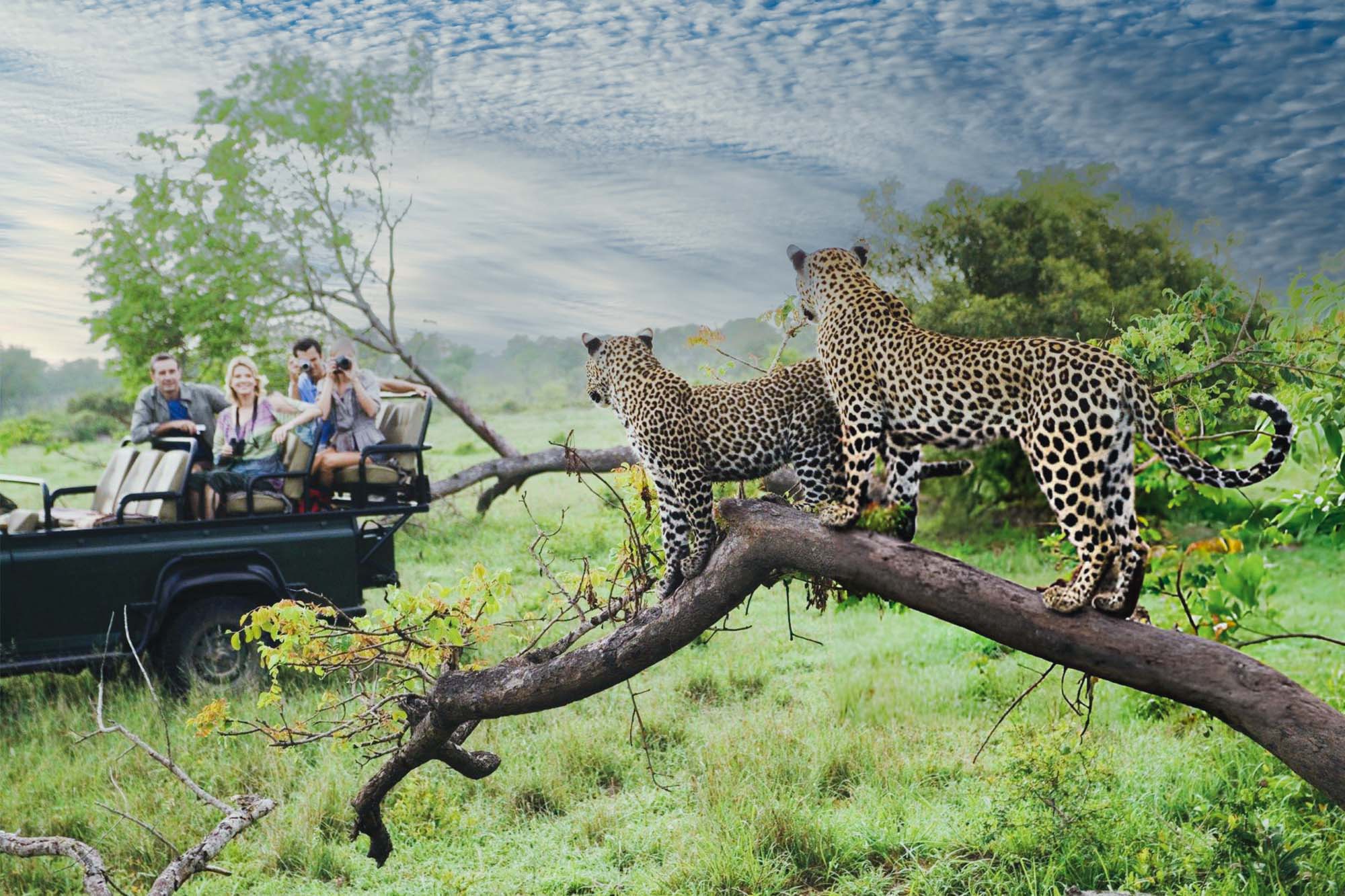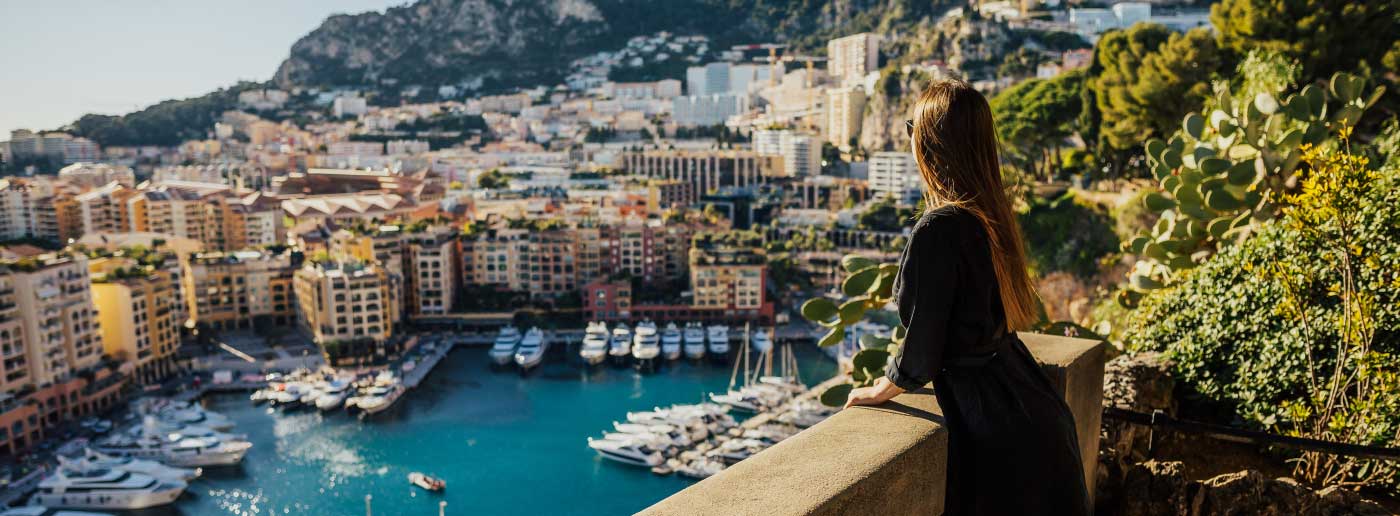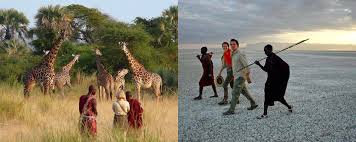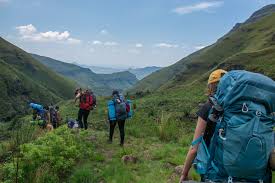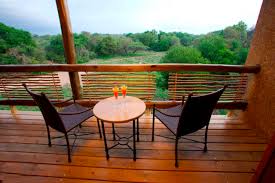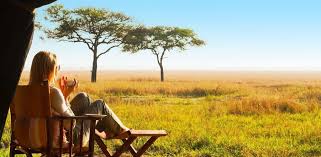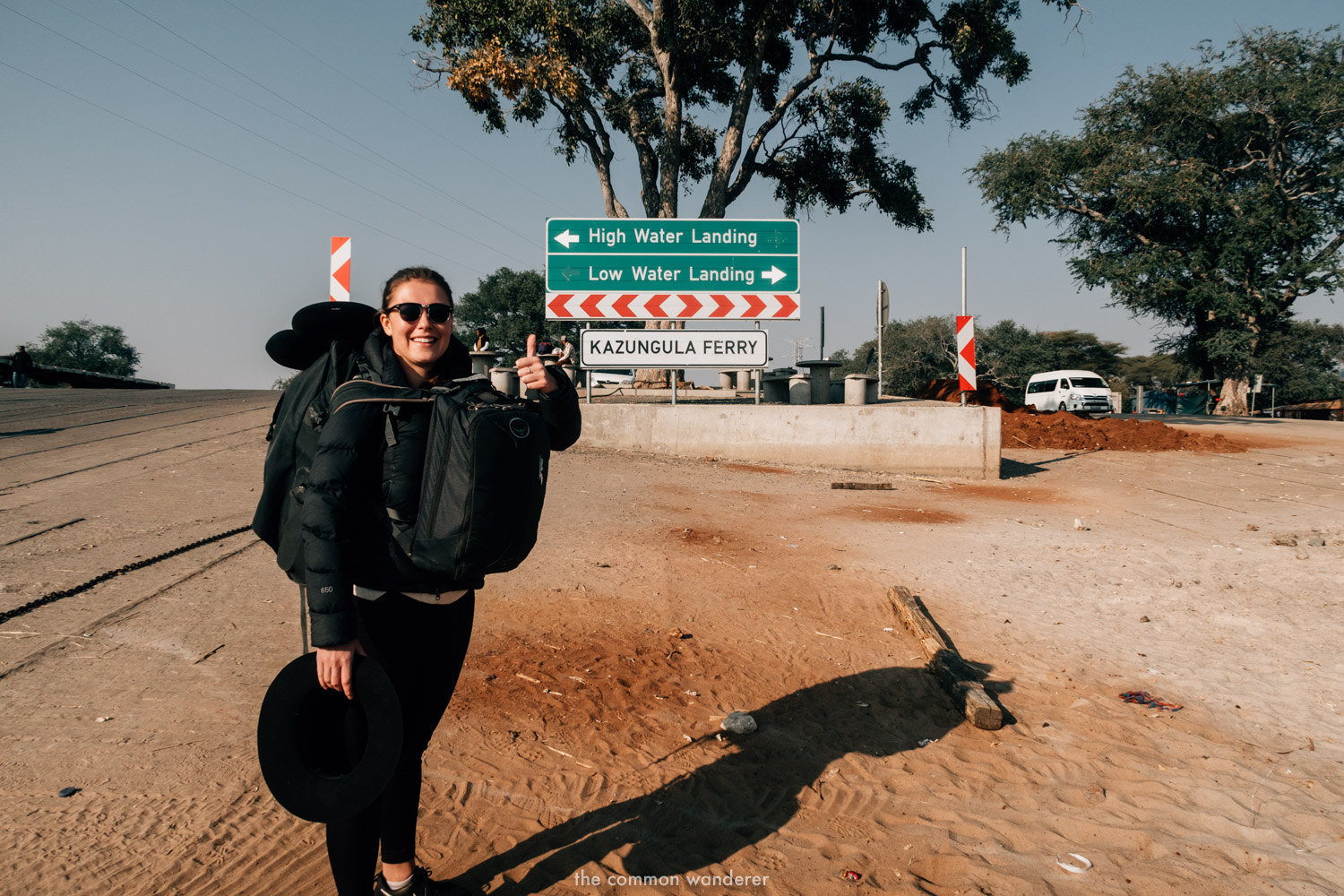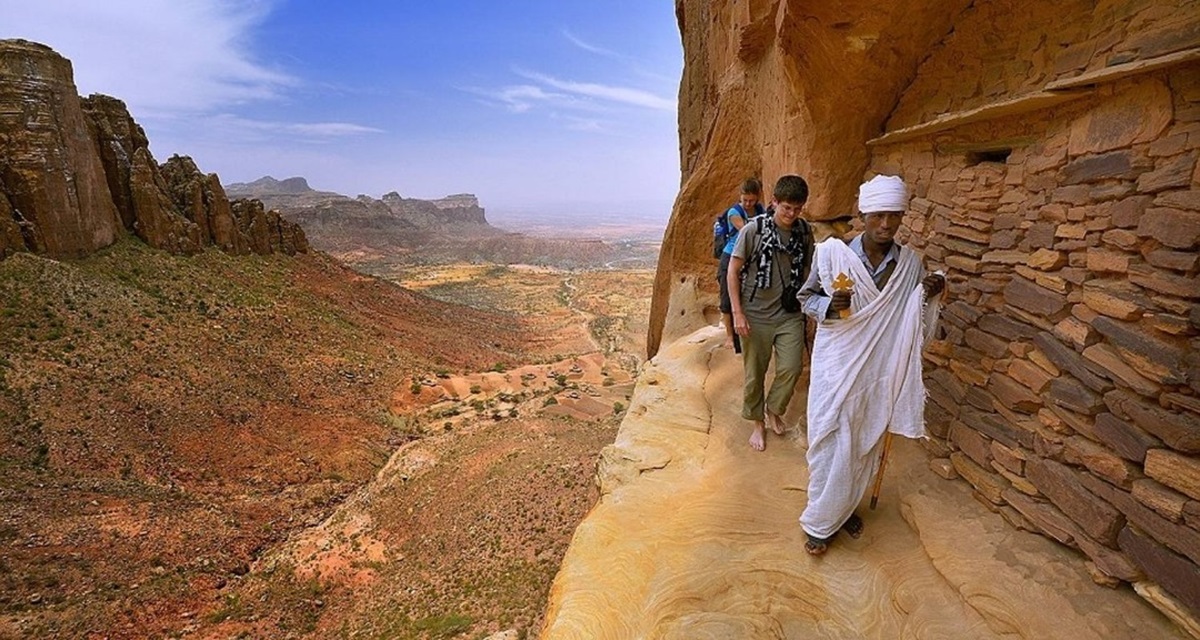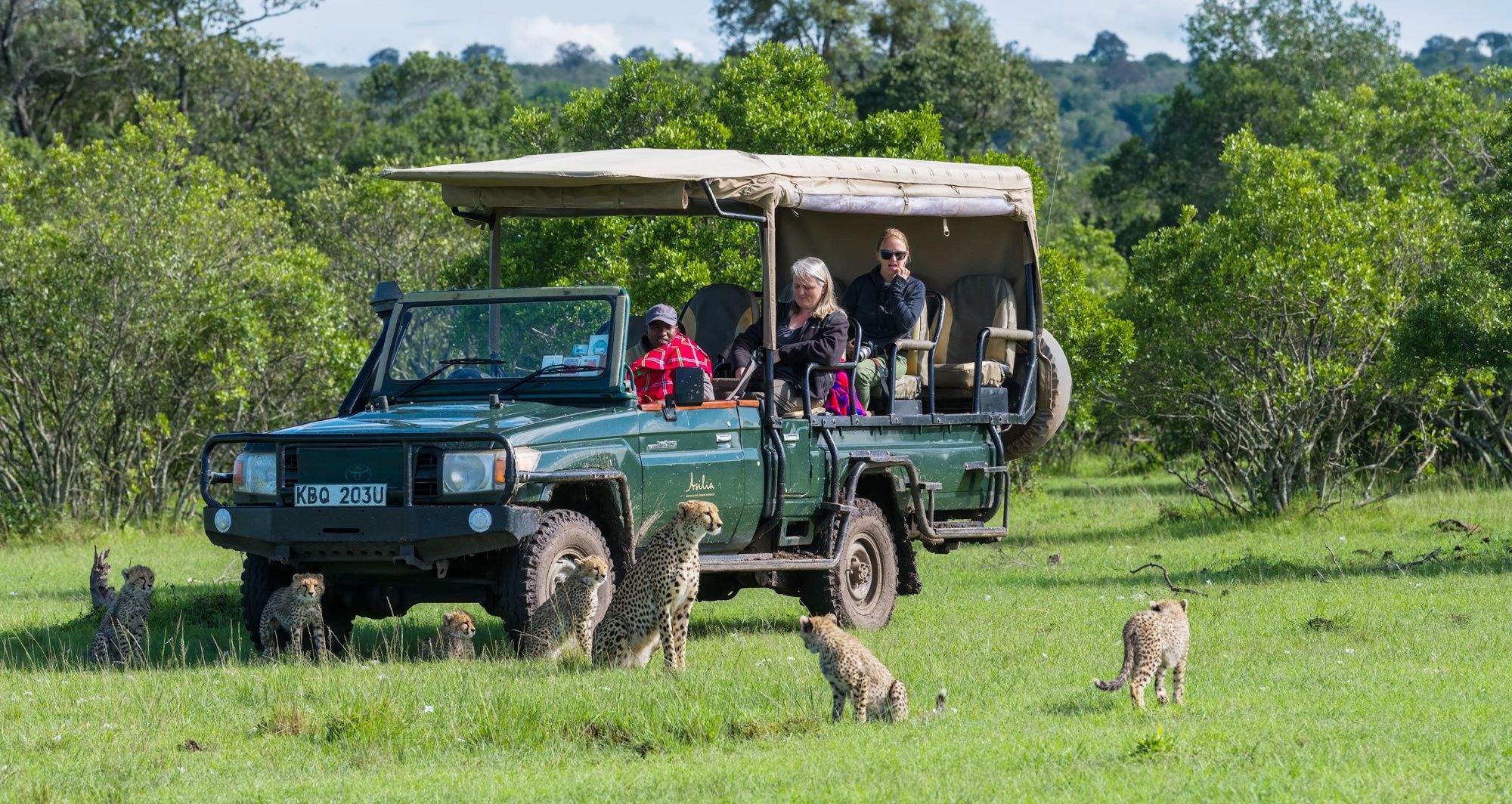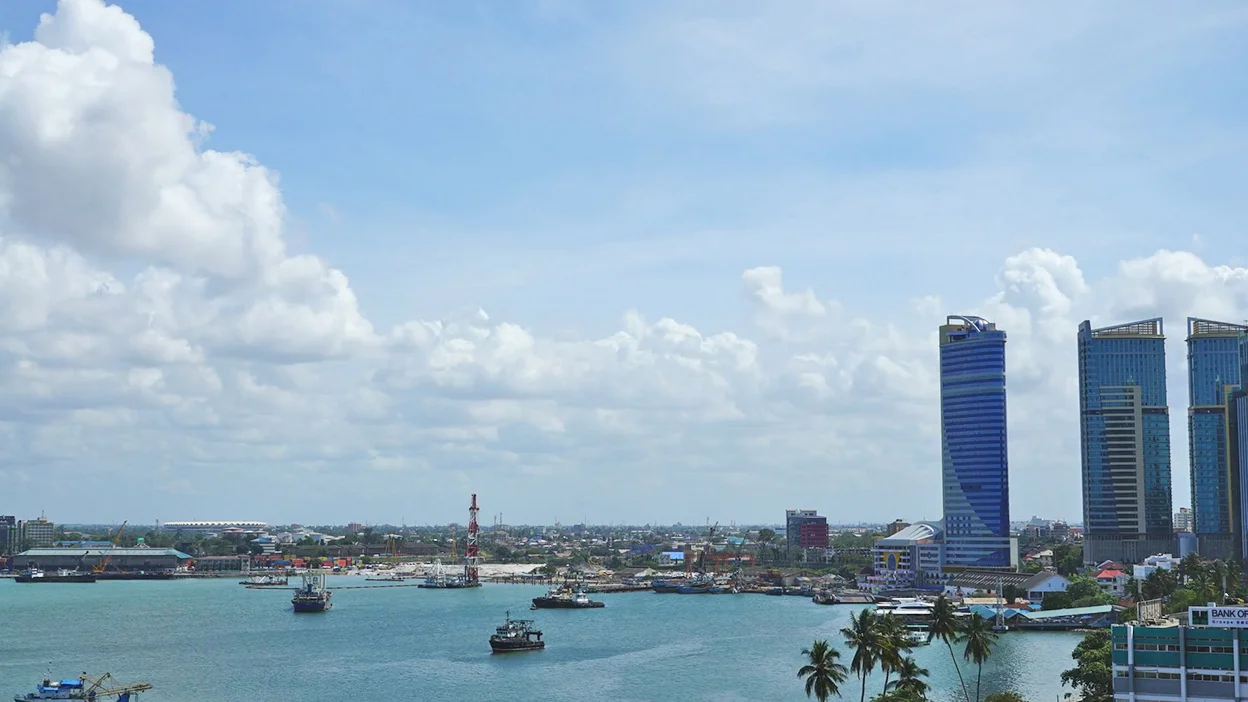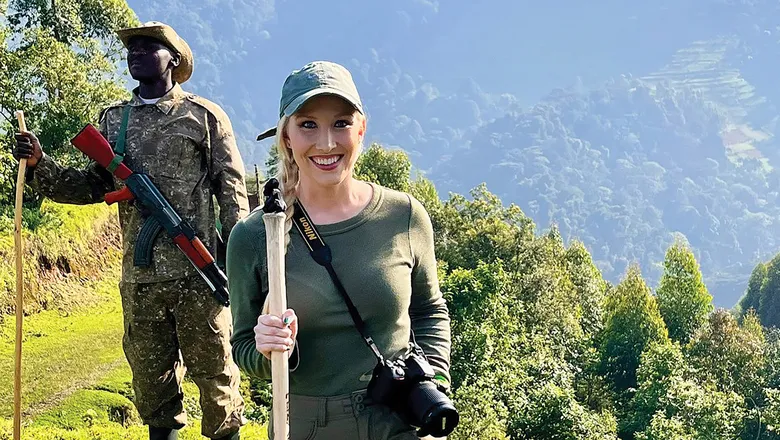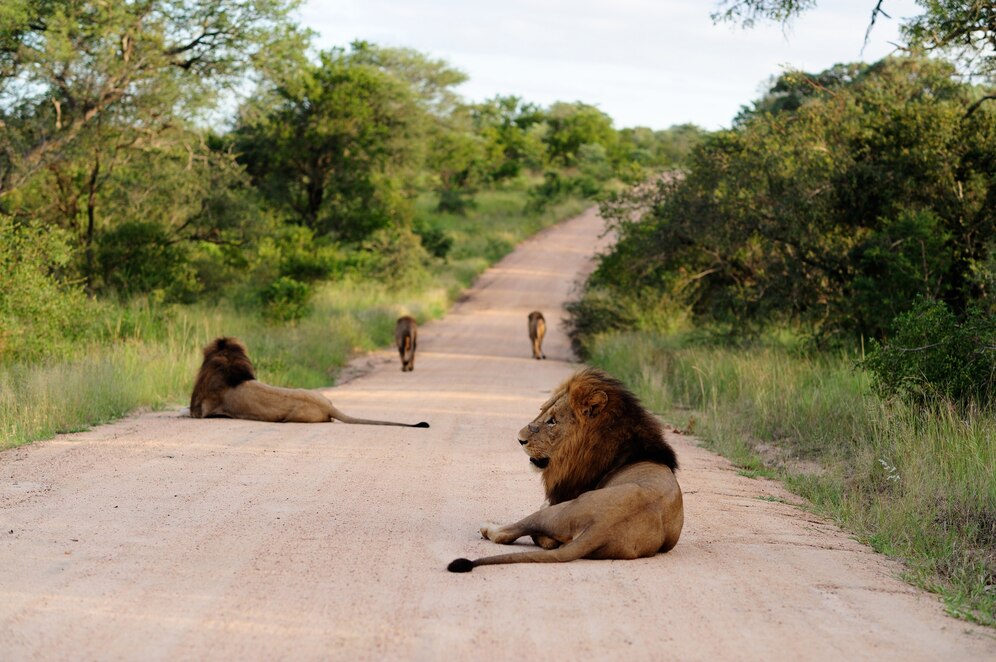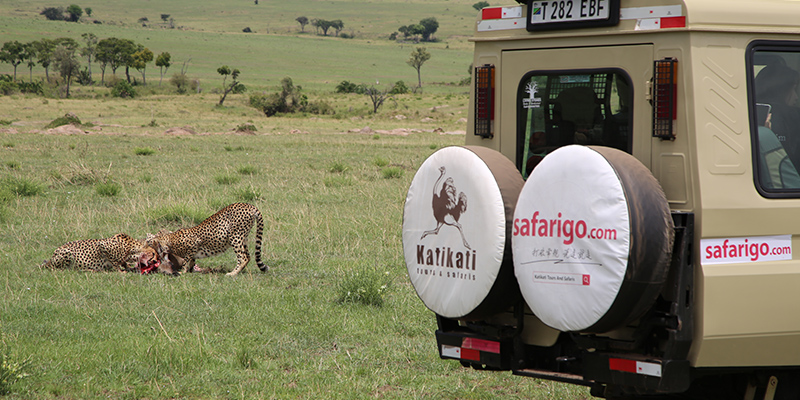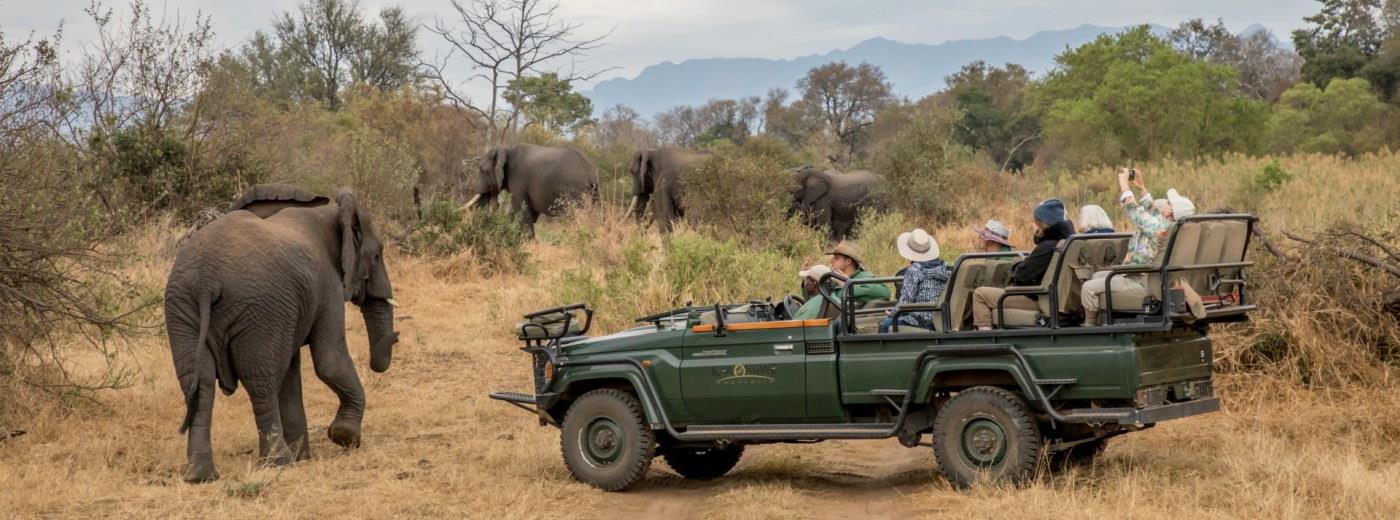
How to Plan a Budget African Safari: 9 Proven Tips to Save Big and Still Have an Epic Adventure
An African safari is often viewed as a once-in-a-lifetime luxury reserved for honeymooners, retirees, or the ultra-wealthy. Images of infinity pools overlooking the savannah and five-star lodges with private chefs can make it seem out of reach for the average traveler. But here’s the truth: a budget African safari is not only possible, it can be every bit as magical as a luxury one—and sometimes even more rewarding.
Imagine waking up in a simple tent to the sound of lions roaring in the distance. Picture yourself driving through golden grasslands, spotting elephants, giraffes, and zebras under the vast African sky. That can be your reality, even if you’re working with a modest travel budget.
This detailed guide outlines nine practical tips to help you plan an affordable safari without sacrificing the essence of the adventure. Whether you’re a solo backpacker, a couple seeking a unique getaway, or a group of friends chasing the thrill of the wild, you’ll learn how to craft a truly unforgettable trip through Africa’s iconic national parks.
1. Choose Your Destination Wisely: Where You Go Matters Most
Not all safari destinations are created equal, especially when it comes to cost. Choosing the right country is the first and most impactful decision for your budget African safari.
Here’s a breakdown of popular destinations and how they rank in terms of affordability:
-
South Africa
Ideal for first-timers, South Africa offers excellent self-drive safari options, especially in Kruger National Park, where you can rent a car, camp in national park rest camps, and spot the Big Five at your own pace. Park fees are reasonable, and the country has well-developed infrastructure. -
Namibia
Namibia is a hidden gem. Etosha National Park is great for spotting wildlife at waterholes, especially in the dry season. The roads are excellent, making it perfect for self-driving safaris and independent travelers. -
Kenya and Tanzania
While the Masai Mara and Serengeti are world-famous, they’re also more expensive due to higher park fees and required guides. However, budget-friendly group tours and camping safaris exist, especially if you avoid the Great Migration season. -
Botswana and Zambia
These countries offer some of the most pristine safari experiences, but they often cater to high-end tourism. You’ll need to search harder for budget options, especially in Botswana, where national policies limit mass tourism to protect the environment.
Pro tip: Use tools like BudgetYourTrip.com or Numbeo to compare average daily costs by country, including food, accommodation, and park entry.
2. Travel During the Shoulder Season: Best Value for Wildlife Viewing
Most safari destinations have a high season (typically June to October and December to early January) when wildlife viewing is optimal due to the dry conditions that draw animals to waterholes. However, this is also when prices skyrocket, lodges get booked months in advance, and national parks are busiest.
Instead, aim for the shoulder seasons—April to May and November in most regions. Here’s why:
-
Accommodation prices are significantly lower.
-
Crowds are fewer, so you get more personal, uninterrupted game drives.
-
The landscape is often greener and more scenic.
-
Wildlife is still plentiful, though spotting may take a bit more effort.
Rainy season warning: Avoid traveling during heavy rain months (e.g., March or parts of January/February in some countries), as roads may become impassable and many camps close for the season.
3. Go Self-Drive and Self-Catering: Freedom + Savings
If you’re a confident driver and enjoy independence, self-driving safaris are the most affordable way to explore African wildlife parks, especially in South Africa and Namibia.
Self-Drive Benefits:
-
Skip the guide and vehicle rental costs of organized tours.
-
Explore on your schedule.
-
Stop and observe wildlife as long as you want.
-
Bring your food to reduce dining expenses.
Self-Catering Accommodation:
National park rest camps, basic guesthouses, and campsites often have kitchens or braai (BBQ) areas where you can cook your meals. This cuts food costs dramatically compared to full-board lodges.
Budget options to consider:
-
SANParks Rest Camps (South Africa)
-
NWR Resorts (Namibia)
-
Eco-campsites or mobile tent safaris (Kenya/Tanzania)
Just make sure your rental vehicle is reliable and suited for the terrain—some roads require a 4×4, especially in wet conditions or off-grid locations.
4. Join a Group Safari: Split the Costs, Share the Fun
Traveling with friends? Partner up or join a group tour to split costs like fuel, guides, and accommodation. Group safaris are also great for solo travelers who want to meet people and feel safer.
You can find budget group tours via:
-
TourRadar
-
G Adventures
-
Intrepid Travel
-
Local operators (just vet them carefully for reviews)
Group safaris often include:
-
Transportation in a 4×4 with a pop-up roof
-
Basic campsites or shared lodges
-
Meals and park fees
-
A local guide/driver
Bonus: Many companies offer customizable private group safaris for small groups, which can be surprisingly affordable when divided among travelers.
5. Book in Advance—But Stay Flexible
For high-demand parks like the Serengeti or Kruger, booking early (3–6 months in advance) can save money and guarantee your spot, especially for national park camps.
However, flexibility is your friend. If your schedule allows, keep your travel dates open or let price be your guide. Look for:
-
Flash sales or last-minute deals from tour operators
-
Discounted accommodation on platforms like Booking.com or SafariBookings.com
-
Off-day flight deals using Google Flights or Skyscanner
Also consider open-jaw flights, which arrive in one country and depart from another, to optimize routes and reduce backtracking costs.
6. Pack Smart: Bring Essentials to Avoid Extra Spending
You don’t need to spend a fortune on safari-specific gear, but packing the right essentials will save you from having to buy overpriced items on arrival.
Must-pack items for a budget African safari:
-
Neutral-colored clothing (avoid black/blue due to tsetse flies)
-
Comfortable, closed-toe shoes
-
Hat and sunglasses
-
High SPF sunscreen and insect repellent
-
Binoculars (a good pair enhances your wildlife experience)
-
Reusable water bottle and snacks
-
A reliable power bank for charging on the go
-
Basic medical kit (headache, allergy, stomach meds)
Camera tip: If you’re not a photographer, don’t splurge on a DSLR. Consider renting a lens or camera locally or using a high-quality smartphone.
7. Prioritize Wildlife Experiences Over Luxury
Remember: You’re there to see the animals, not the minibar. Staying at a $500-a-night lodge won’t guarantee better wildlife sightings than a $30-per-night campsite near a waterhole.
Activities that offer big rewards on a small budget:
-
Daily park game drives (self-guided or through the park service)
-
Walking safaris with trained rangers
-
Night drives (available in some national parks)
-
Birdwatching in wetland areas
If you’re staying longer, consider buying a multi-day park pass for discounts or bundling activities with your lodging.
8. Learn to Haggle—Respectfully
In local markets, with taxis, or when booking with smaller operators, a bit of respectful bargaining is expected. However, it’s important to strike a balance.
Haggling tips:
-
Research typical prices beforehand so you know a fair range.
-
Start lower than you’re willing to pay, but not offensively low.
-
Be polite and smile—it’s a cultural exchange, not a battle.
-
Don’t argue over trivial amounts—tourism supports local economies.
Where not to haggle: National parks, official lodges, and regulated tours often have fixed prices.
9. Don’t Forget the “Hidden” Costs
Even if you score a great deal on flights and accommodation, the extra expenses can sneak up on you. Budget ahead for:
-
National park entry fees (can range from $5 to $70/day)
-
Fuel for rental cars
-
Tipping (guides, trackers, and lodge staff usually expect small gratuities)
-
Food and drinks (stock up at local supermarkets)
-
Airport transfers or transport between parks
-
Travel insurance (a must in case of illness or cancellation)
Also, consider downloading offline maps, guidebooks, and translation apps to avoid data roaming charges or getting lost.
A Budget African Safari is Worth Every Penny
The African bush doesn’t care how much money you spent to get there—it will take your breath away regardless. Whether you’re lying in a basic tent listening to hyenas cackle or standing on a game vehicle watching lions hunt at sunrise, you’re experiencing something raw, powerful, and unforgettable.
By following these nine strategies, you’ll see that a budget African safari is not only possible—it might just be the most authentic way to explore the wild heart of Africa. With a bit of planning, flexibility, and the right mindset, you’ll come home with memories and stories that last a lifetime, without breaking the bank.
Suggested Itinerary Example: 7-Day Budget Safari in South Africa
-
Day 1–2: Arrive in Johannesburg, rent a car, drive to Kruger via the Panorama Route
-
Day 3–5: Stay in Kruger rest camps (self-catering), enjoy self-drive and guided sunset game drives
-
Day 6: Visit Blyde River Canyon or nearby reserves
-
Day 7: Return to Johannesburg and fly home
Total budget: ~$800–$1,200 including flights (from Europe), park fees, rental, food, and basic accommodation.
Ready to Go?
If you’re craving the call of the wild, start planning your budget African safari today. Your adventure doesn’t need to wait until you win the lottery. It just needs curiosity, courage, and a little savvy.

